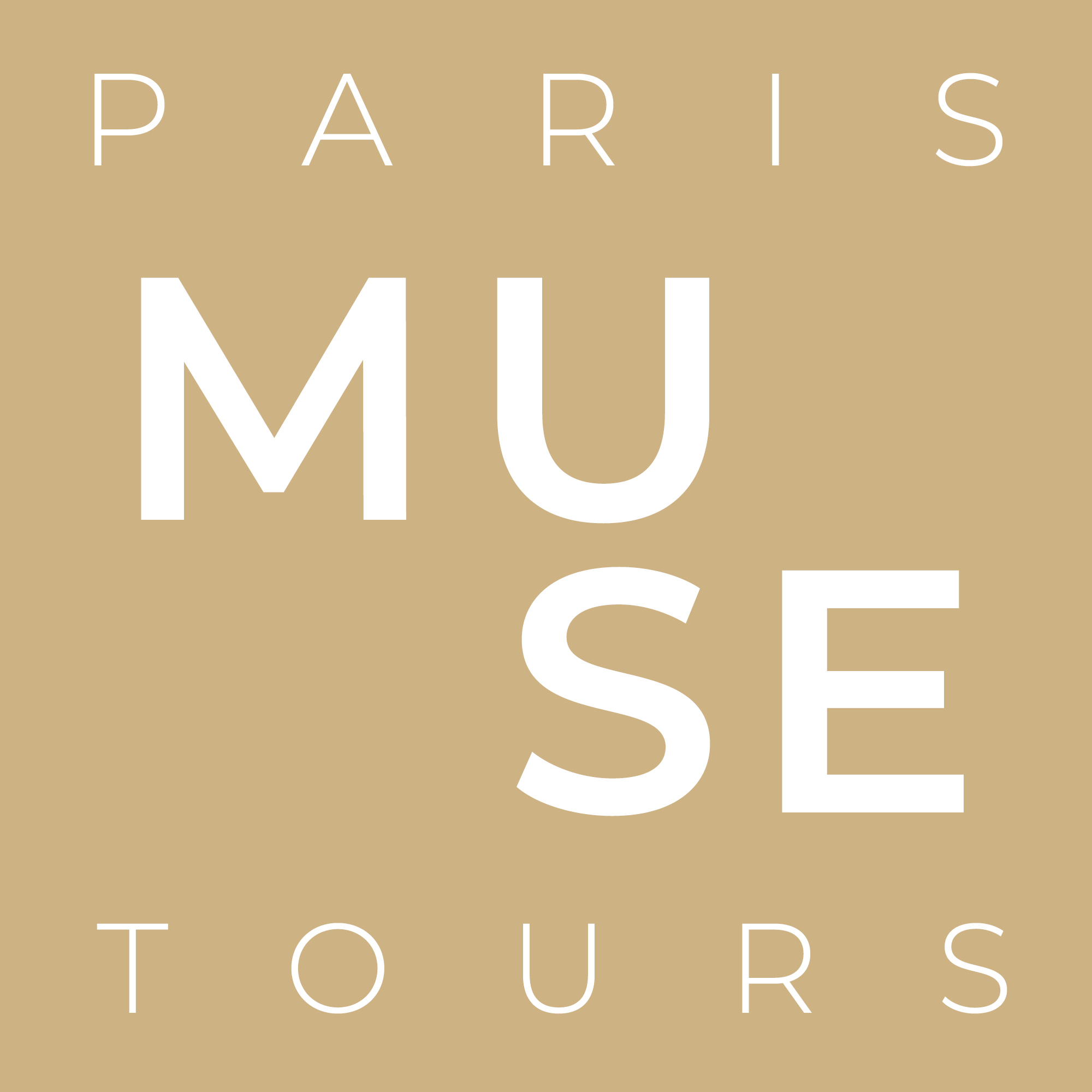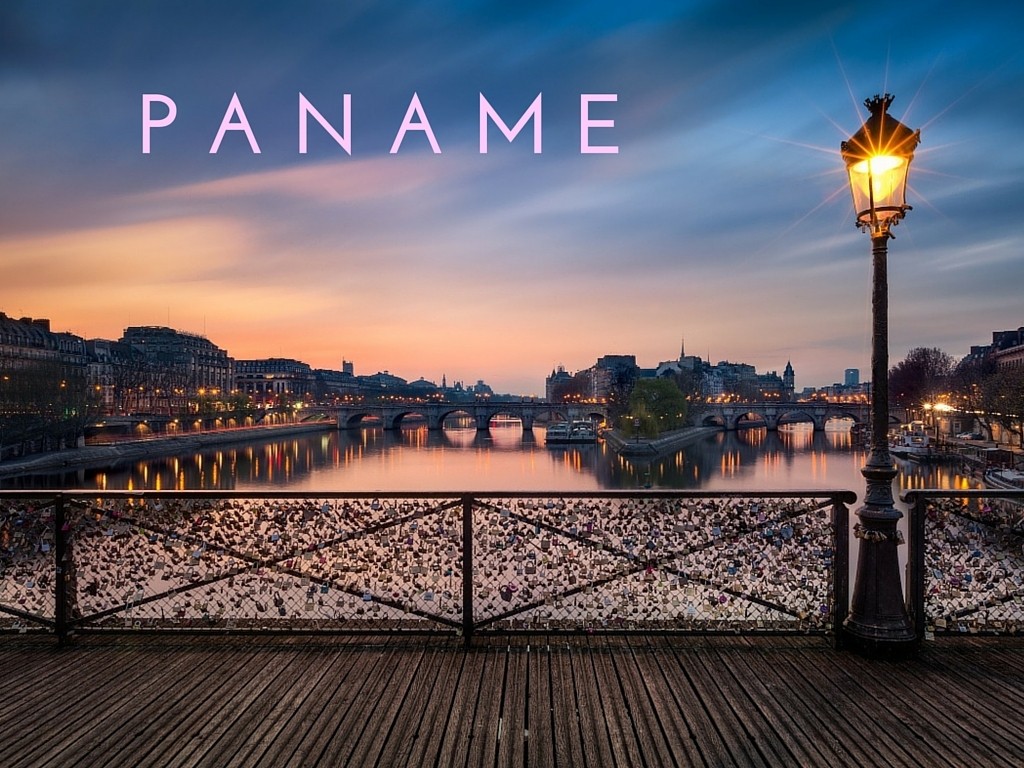So you think you know Paris? Here are 5 things we bet you don’t know…yet!
1. You’ve probably heard of Paris being referred to as the City of Light (Ville Lumière), but another popular nickname for the French capital is Paname. Nobody really knows why, but one theory is that French workers building the Panama Canal in the early 20th century took to wearing the wide-brimmed woven straw hats of the same name (panama hat), and the word became associated with French elegance and refinement. Whatever the case may be, the term is used in popular culture as a term of endearment for Paris. Singers like Jean Ferrat have sung the praises of Paname, and Renaud is a self-proclaimed “amoureux de Paname” (lover of Paris).
2. For over a century, from 1871 to 1977, Paris was not allowed to have a mayor. 1871 marks the year of the Paris Commune, a popular and violent uprising that rocked the capital and all of France, grimly anticipating the horrors of the 20th century. To find out more about that all-important event, take our Montmartre: Mount of Marvels tour. We promise you’ll never look at the Sacred Heart basilica the same way again. The Commune was so bloody that Parisians were considered too dangerous a crowd to elect their own representative. Indeed, they toppled statues and monuments, and burned down the Hôtel de Ville, where the mayor works, and other government buildings. The office was duly abolished, and not reinstated until 1977, when Jacques Chirac, who later went on to become the president of the Republic, took office.
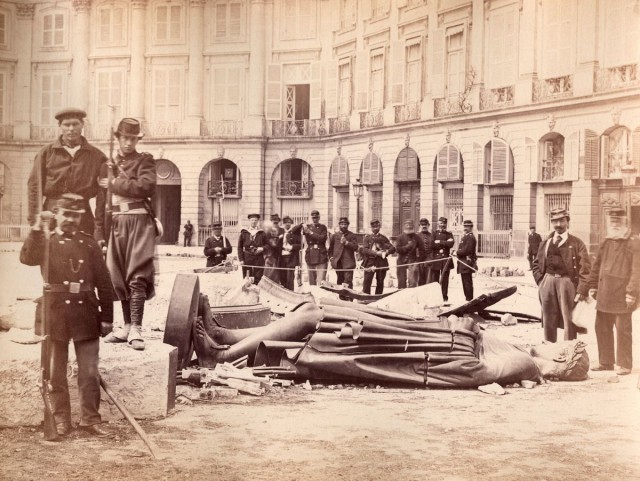
3. The most famous – and some say most beautiful – avenue in the world, the Champs Elysées, has a direct link to heaven. That is, the ancient Greek notion of heaven. Indeed, “Champs Elysées” translates into “Elysian Fields”, where Greek souls were believed to spend eternity in blissful union with nature. The name was given to the broad avenue stretching from the Tuileries palace (now gone) westward, and it actually did cut through fields where merchants harvested oats, corn and vegetables for the markets of Paris. Many agree the strip is heavenly.
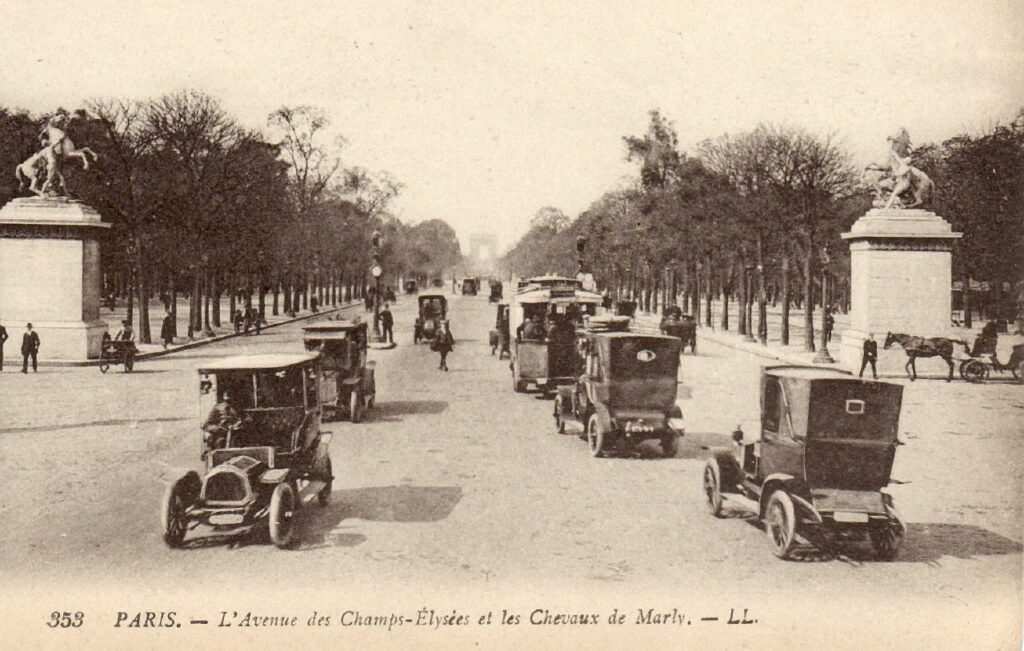
4. Paris may seem old, and indeed its history spans over two millennia, but the city as we know and love it today is very much a 19th-century one. Modern-day Paris, with its broad boulevards, tree-lined avenues, roundabouts with radiating streets, open-air markets and parks and grand architecture is very much the result of a project spearheaded by Napoleon III during the Second Empire. He hired one man to make his dream of a modern city come true: Eugène Haussmann. These two men did what no man had ever done before: take a medieval city, with all its insalubrious neighbourhoods (so as not to say slums), labyrinthine streets and rudimentary housing, and make a shiny new one complete with new apartment buildings with all the modern amenities, green parks, and streets that were pleasant to walk on. So transformative was Haussmann’s plan that it is even referred to as the Haussmanization of Paris.
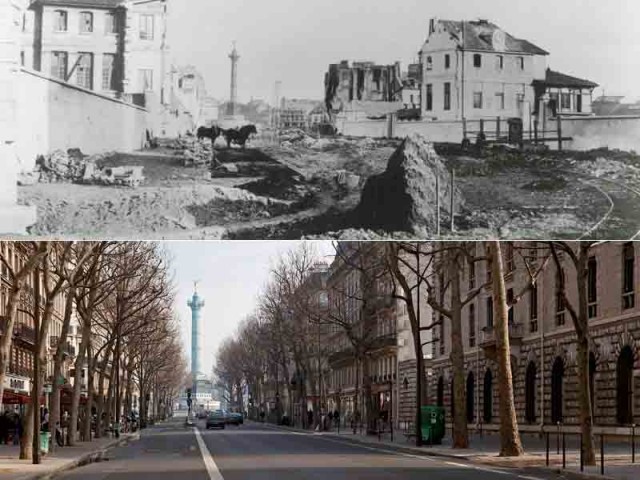
5. We all know that the river Seine runs through Paris, but did you know that Paris also has an underground river? The Bièvre used to meander its way through Paris’ 5th and 13th districts, but was relegated below ground during Haussmann’s revamping of the capital (see thing-you-did-not-know number four). Apparently it had become so polluted due to the tanneries, factories and mills that sprung up along its banks, that it had to be completely concealed. Today, the only trace you will find of the sequestered waterway are metal medallions embedded in the pavement marking the former bed of the Bièvre. Another reason to keep your eyes open as you walk the streets of Paname.
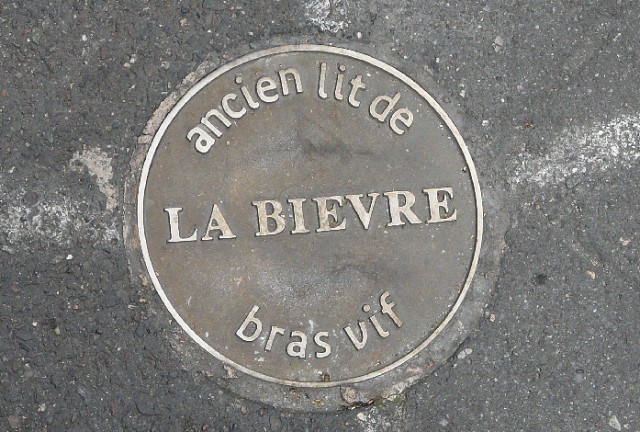
So, how did we do on our bet?
